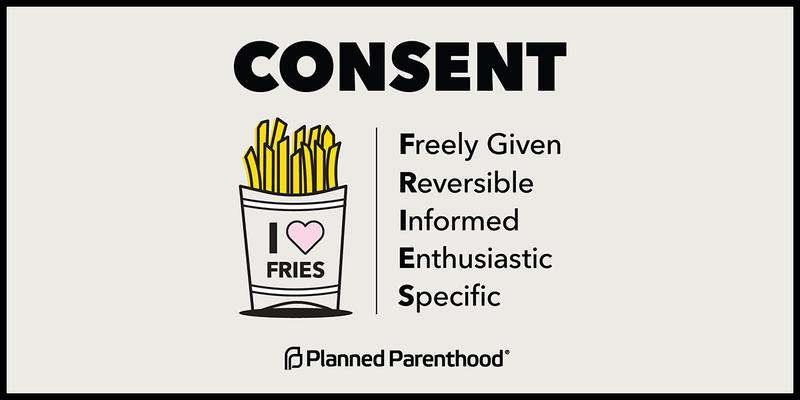Mental illnesses are medical conditions that affect a person’s thoughts, feelings, moods and behaviors. Find out more about mental health basics here https://www.cdc.gov/mentalhealth/learn/index.htm. Make sure to click through Mental Health Basics, Types of Mental Illness, and Fast Facts.
There are many classified mental disorders – these are described in detail in the Diagnostic and Statistical Manual, the DSM-V. Some of the more common ones include anxiety disorders, mood disorders, attention-deficit/ hyperactivity disorder, post-traumatic stress disorder, and many others.
Mental disorders are quite common in the United States – about one in five adults live with mental illness. It is also likely that people are struggling with their mental health more in the times of living with a pandemic, economic uncertainty, and other big challenges. Read more about the prevalence of these conditions here at the National Institute of Mental Health https://www.nimh.nih.gov/health/statistics/mental-illness.shtml. Some more facts are found here – https://www.nami.org/Learn-More/Mental-Health-By-the-Numbers . It’s important to note that many people living with mental illness do not get treatment. Also, note that people who are homeless, incarcerated, and suffering substance use disorder are more likely to have mental illness.
Some of the causes and risk factors of mental illness may be traumatic life events, biological factors like age and sex, heredity (family history), chronic health conditions like diabetes or cancer, and feeling socially isolated.
Treatment for mental illness is possible. There are many professionals who can help. If you want to seek help, this guide can help – https://www.nimh.nih.gov/health/publications/tips-for-talking-with-your-health-care-provider/index.shtml . You can start with your primary care provider, and they may then refer you to a specialist. This may be a psychiatrist – a medical doctor who can prescribe appropriate medications, should they be necessary. It may also be a psychologist, licensed counselor, or social worker, depending on the type of help you may need.



